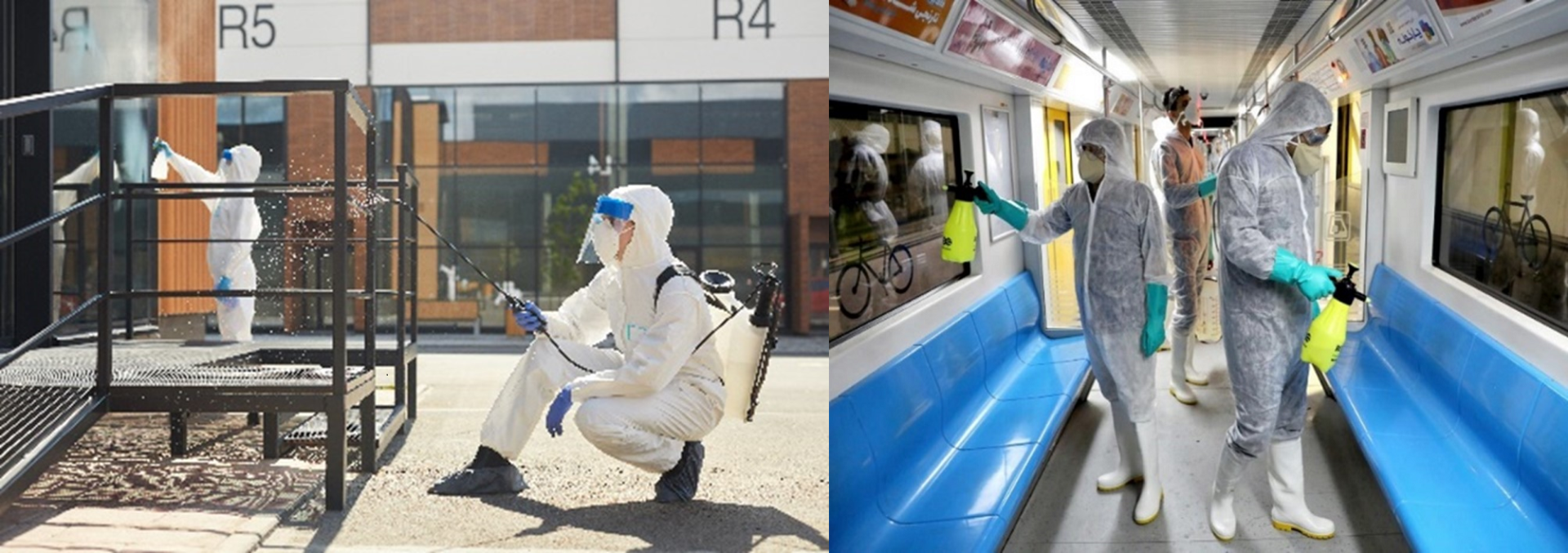Essential recovery activities should be implemented as early as possible in the incident’s operational phase to ensure effective and efficient attainment of recovery outcomes. Recovery following many types of biological incidents is likely to be complex, resource-intensive, and challenging. Planning for recovery before an incident occurs and initiating recovery actions during the response phase has the potential to greatly reduce the time and money spent during the extended recovery phase and improve outcomes for human, animal, and environmental health. Incident planning activities can facilitate recovery by preparing for anticipated resource needs such as medical staffing, treatment facilities, critical supplies, and mental health support for first responders and the general public, thus lessening the overall impact on the affected community and narrowing the gap to achieve recovery outcomes. Critical decisions made during the response (e.g., public health guidance issued for social distancing, early efforts to identify and conduct contact tracing for exposed individuals, etc.), if implemented early enough, can vastly improve community mitigation efforts and shorten recovery times. Many initial recovery activities can take place in parallel with response activities.

6.1.1 Considerations for Long-Term Recovery Indicators
With respect to a biological incident, the extent of the recovery process and the duration of emergency management engagement in that process depend upon the extent of harm done to the community by the incident (e.g., the threshold of community harm achieved). While many types of biological incidents necessitate long-term public health and medical involvement, only those causing major disruptions beyond the health sector and throughout society likely will necessitate long-term emergency management involvement. Recovery efforts by emergency managers will vary based on a number of critical factors including, but not limited to: incident type, incident impacts, and community resilience, and response capacity.
Potential long-term recovery needs are most likely to include infrastructure, health and social services, supply chain, and economic recovery following a biological incident. Planners should consider the long-term recovery needs created by historical biological incidents as compared to their community’s risk for a biological incident and ability to respond.
Table 3: Comparison of historical biological incidents, their characteristics, and long-term recovery needs
| Incident | Characteristics | Long-term Recovery Needs |
|---|---|---|
| Sverdlovsk Anthrax Outbreak (1979) |
|
|
| Amerithrax (2001) |
|
|
| Severe Acute Respiratory Syndrome (SARS) (2003) |
|
|
6.1.2 Establish and Review Priorities for Recovery
Initial recovery objectives should be formulated during the response phase. Many response activities described earlier in this document will continue during the recovery phase, although their focus and intensity may evolve over time (e.g., return-to-work guidance for first responders following a possible exposure, prophylaxis or vaccine clinic operations, mental health support, etc.). Recovery outcomes should be established and prioritized by a broad group of community stakeholders and may need to be re-evaluated as the incident evolves.
Lead authority for many long-term recovery needs following a biological incident (e.g., dependent care considerations, healthcare resilience improvements, workforce attrition and loss, etc.) may lie outside of traditional emergency management structures. Emergency management planners should collaborate with planners from other organizations and sectors to determine how emergency management can most effectively support or coordinate stakeholders in planning for the recovery from a biological incident.
Family and Workforce Considerations
If the biological incident results in many fatalities or long-term chronic health outcomes, a community will be heavily impacted for years to come. Individuals and families may suffer devastating financial losses if someone becomes unable to work following the incident. Families who lost someone due to the biological incident will be grieving the absence of their loved one, possibly in addition to dealing with the loss of family income after someone’s passing. Arrangements for the long-term care of dependents like children and older adults must be made after a caretaker’s death. The frontline workforce (e.g., public safety, healthcare workers, grocery store workers, transit operators, etc.) and may experience significant losses, burnout, and attrition within their professional communities while also having to continue performing their essential duties to serve the affected population throughout recovery.
Economic and Infrastructure Considerations
Local businesses, particularly small businesses, may be impacted for months or years to come, often without the knowledge of how long the public health measures and restrictions associated with the incident will be in effect. Restoration of commercial activity may require adaptive and innovative business practices to meet the needs of the affected population. Contaminated or disrupted critical infrastructure must be restored and supply chain pressures must be relieved or revamped to support commerce and the movement of people and goods. Arrangements may need to be put in place for the long-term closures of contaminated facilities or buildings. Schools and childcare centers must be safe for children to return; decisions surrounding the opening or closing of these facilities have enormous implications for parents. While critical infrastructure is typically not “destroyed” during a biological incident, it is the impacts on personnel and workforce shortages that are most likely to disrupt essential services.
Public Health and Medical Considerations
Local public health and healthcare systems may need to be strengthened during recovery to improve long-term resilience, including a focus on affected staff and medical logistics. Members of the affected population who were exposed to the biological agent must be identified, supported, provided with appropriate MCMs and/or longer-term monitoring, and communicated with regularly by health authorities until the risk to their physical health has been mitigated. Behavioral health concerns must also be addressed throughout the recovery phase and, in some cases, may last longer than physical health concerns. An affected community will expect updates from local health authorities throughout the recovery phase on the progress of recovery, ongoing site remediation, persistent or evolving threats, and any other pertinent issues affecting their health and safety resulting from the biological incident.

Planners should work with traditional and nontraditional community stakeholders to establish specific recovery outcomes (e.g., community health workers) based on the whole community’s needs. Examples of recovery outcomes applicable to a biological incident include:
- Lifesaving and life-sustaining assistance to SLTT and private sector entities are provided.
- SLTT governments can provide individuals and families with the means to rebound from their losses in a manner that sustains their physical, emotional, social, and economic well-being.
- Critical infrastructure capability and capacity are restored and are in operation.
- Public safety and health protection assurances are reestablished.
- Response and recovery worker safety and health protection assurances have been reestablished.
- Measures are in place to enable and restore commercial activity to meet the demand of the population. Economic impacts are minimized locally, nationally, and internationally.
- Exposed populations are fully identified and have received appropriate MCM or other interventions to protect or restore health.
- Behavioral/mental health needs of victims, responders, and other affected populations have been addressed.
- The public has been provided the necessary information to protect against or recover from the biological incident.
- Environmental assurances can be made that contaminated areas have been assessed for safety, need for decontamination, and appropriateness for re-occupancy.
- Persistent disease threats to humans from animals or any other sources have been addressed and threats from reservoirs mitigated.
- Appropriate care is identified for dependents (e.g., elderly, children, those with developmental disabilities, etc.) and animals without caretakers as a result of the incident.
- All levels of communities have been addressed: elderly, children, people with access and functional needs, people with English as a second language, people with low literacy, and people with chronic conditions; sustainable activities are in place.
What Will You Need to Know?
- What are recovery priorities in your jurisdiction following a biological incident? Who should be engaged from your jurisdiction to help formulate these priorities?
- How can recovery efforts be designed to improve public health and healthcare resilience long term?
- What expertise and resources will be required to remediate site-level contamination and permit safe reuse/reoccupation of impacted facilities?
- What recovery resource limitations can be anticipated? What collaborative partnerships should be considered for plans?
- What NPIs and/or MCMs may need to continue during recovery? How will they impact your community?
- What public messaging will need to continue throughout recovery? How will you coordinate with public health authorities, HCCs, critical infrastructure, and other sectors to ensure consistent public messaging from multiple organizations?


